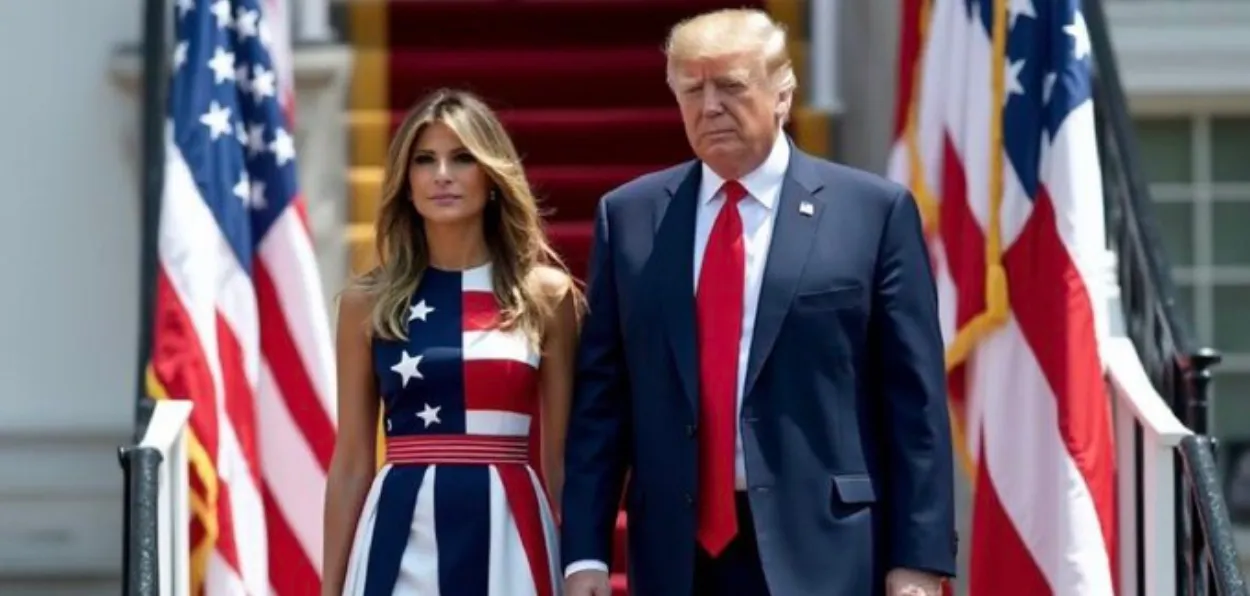
 Rajeev Narayan
Rajeev Narayan
Barely weeks after Washington imposed a 25-per cent tariff on Indian imports—doubling it to 50 per cent penalty over New Delhi’s crude Russian oil purchases—the blowback is being felt not in India but in America’s pharmacies. The wheel has turned, and the sharp edge is cutting US patients. Shelves are thinning, shortages are mounting and the medicines that remain are being sold at inflated mark-ups. The irony is as striking as it is cruel; in trying to squeeze India, the US has ended up squeezing its own healthcare system.
The simple truth is India is not just another exporter in the US pharma supply chain. It is the backbone of affordability, with a third of generic drugs used in the US manufactured in India. Close to 90 per cent of all prescriptions filled by US pharmacies are generics, which makes India essential to American good health. Without Indian labs and plants churning out low-cost alternatives, patients in the US are facing either shortages or hefty medicine bills.
The US Food and Drug Administration’s own data highlights the fragility of this dependency. In Q1 of 2024, the FDA listed 323 medicines in active shortage. Over 70 per cent of them were generics, including antibiotics, cancer drugs and critical medicines. Doctors struggled to find substitutes. Now, tariffs have pushed the overstretched system to breaking point.
Indians, Americans Speak Out
India’s pharmaceutical sector has been warning of such a scenario since President Donald Trump made the tariff announcements. “The US market is dependent on Indian and Chinese supplies. India will not be impacted. We are focusing on Europe and other markets now. We can survive in the toughest times and will bounce back,” said Namit Joshi, Chairman of the Pharmaceuticals Export Promotion Council of India (Pharmexcil).
Dr GV Prasad, Managing Director of Dr Reddy’s Laboratories, echoed the warning. “India will find new markets and opportunities. It is American consumers who will pay the price, he said. The simple business reality is that relocating drug production lines to the US is neither practical nor cost-efficient. For decades, US healthcare has relied on India’s scale, efficiency, and low costs. To try to replicate that overnight is a expecting too much, tariffs or no tariffs.
Medical experts in the US are equally unsparing. Dr Mariana Socal of Johns Hopkins varsity summed it up: “Tariffs mean higher drug prices and shortages, especially among generics.” Stephen Farrelly, ING’s Head of Healthcare, even gave out numbers to justify his distaste for tariffs on pharma products: “A 24-week course of cancer drugs will cost US patients $8,000-$10,000 (Rs 7.5 lakh to Rs 8 Lakh) more under the new tariffs.” Mark Cuban, co-founder of CostPlus Drugs, which sells medicines online, said the new levies leave “no room to absorb costs and every dollar will fall directly on patients”.
Numbers Don’t Lie
The scale of America’s reliance on generics is massive, with $7 billion (over Rs 60,000 crore) worth of Indian drugs being exported to the US last year, forming a bulk of the affordable medicine pool. With tariffs driving exports away, patients are suffering.
Pharmexcil’s Namit Joshi points out that the US would take at least three years to build even enough partial capacity to replace India’s scale. That gap is unbridgeable in the short term. In the meantime, every supply disruption—whether in oncology, antibiotics or simple pain management—will be felt by Americans and their families.
The Trump administration’s strategy appears to be built on political theatre and not public health logic. By slapping duties on Indian pharmaceuticals, Washington is aiming to display its toughness on trade. But the calculations are fatally flawed, especially as these tariffs do little to damage Indian pharma, which is now diversifying toward Europe, Africa and the Middle East. Instead, the tariffs strike at the heart of US affordability.
Sudarshan Jain, Secretary General, Indian Pharmaceutical Alliance, says: “Indian drugs were initially spared the harshest tariff bracket because they are crucial for affordable healthcare in the US.” By extending them, the US has all but gambled with patient safety and budgets.
A Crisis Already in Motion
Drug shortages are not theoretical. They are being witnessed nationwide in US pharmacies. Oncology patients are being shifted to alternative regimens as critical chemotherapy drugs are unavailable. In paediatric hospitals, antibiotics and injectables are being rationed. These are not inconveniences, but life-and-death risks. For tariffs, layered atop existing shortages, amplify the crisis. Hospitals are being forced to pay more for dwindling supplies. Pharmacies are either passing those costs to patients or leaving shelves empty. Insurance is covering some of the gap, but not all. That leaves the uninsured or underinsured suffering the most.
Behind the trade standoff lies geopolitics. The 25-per cent penalty on India has made US patients subsidize Donald Trump’s political statement on the global energy trade. Punishing India’s pharma exports over oil is not just misplaced, it is counterproductive. It also alienates a partner nation while worsening America’s domestic crises.
For its part, India is already in the process of recalibrating the drug business. Exporters have ramped up shipments to the Gulf, Africa and Latin America. For many, the loss of the US market is painful, but not fatal. The real casualty is the American consumer, who cannot switch supply sources so easily.
Patient Pays
When trade wars spill into healthcare, the patient pays. In this case, the cost will be counted in more than dollars—it is about cancer patients delaying treatment, diabetics rationing medicines, hospitals turning away the uninsured. These are the predictable outcomes of a tariff regime that weaponizes medicine. US authorities can try and hide behind the rationale that they are protecting domestic industry, but the reality is brutal—the US has no domestic pharma industry ready to step in. Building one will take years, billions of dollars and massive regulatory streamlining. Until then, tariffs will only exacerbate sickness and ill-health.
ALSO READ: Abdul Salam Johar shows the way to Manihar community by pursuing traditional craft
The message on both sides of the ocean is unanimous. From Prasad in Hyderabad to Socal in Baltimore, from Joshi in Delhi to Farrelly in London, the warnings converge… US tariffs are a prescription for high prices, acute shortages and avoidable suffering. America must choose whether it values the optics of trade brinkmanship more than the health of its citizens. The evidence is already visible in pharmacies across the country—empty shelves, inflated bills and anxious patients are testimony to the folly of using healthcare as a pawn in geopolitics.
The writer is a veteran journalist and communications specialist.
